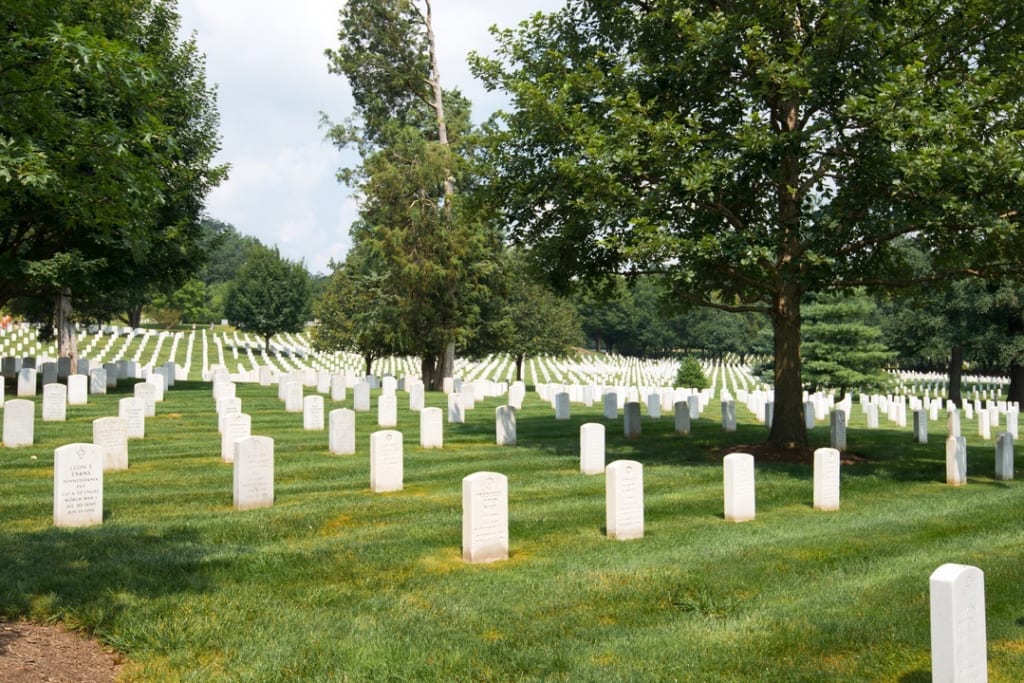What happens to our bodies after we die?
Throughout human history, it is estimated that 100.8 billion individuals have lived and passed away. This number steadily increases by approximately 0.8% of the world's population each year.

Upon a person's death, their body undergoes various stages before decomposing. The heart ceases to beat and within minutes, blood settles in the lower extremities. Livor mortis, or post-mortem stain, causes discoloration of the skin in those areas eight to twelve hours later. As for burial space, it is a finite resource and the planet may eventually run out.
At the moment of death, the body's muscles experience primary flaccidity, a complete relaxation. However, about two to six hours later, the muscles stiffen in a condition known as rigor mortis. This stiffening spreads throughout the muscles and can be influenced by age, gender, and the surrounding environment.
The temperature of the body undergoes changes, typically cooling to align with its surroundings. Decomposition follows, as bacteria and insects disintegrate the body. Multiple factors impact the rate of decomposition. Casper's Law, a fundamental guide to the effect of the environment on decomposition, outlines that if all other factors remain constant, a body exposed to air decomposes at twice the rate of one submerged in water.
The rate of bone decomposition varies depending on its burial environment. Bone buried in dry sand decomposes eight times faster than bone buried in earth. Soil acidity is another factor that greatly affects bone preservation. Bones buried in high-acidity soils with a pH of less than 5.3 will rapidly decompose. However, bones buried in neutral or basic soils with a pH of 7 or more will have better preservation.
Throughout history, various cultures have developed distinct burial practices. Even in the earliest Neanderthal burials, death was accompanied by rituals such as positioning, coloring, and decorating of corpses. Traditional Christian burials entail dressing the body, while traditional Islam involves wrapping the body in a piece of ritual fabric with the face oriented toward Mecca. It is worth noting that skeletons can remain in relatively good condition for centuries.
In accordance with tradition, Hindus conduct a ceremonial burning of the body, while Zoroastrians place bodies atop a tower to be exposed to the Sun. Burials were once simple and easily accessible, but since the Industrial Revolution, suitable burial land in high-population areas has become scarce. As a result, purchasing private gravesites has become costly, and many individuals are unable to afford even a basic burial.
Cremation, the second most common burial practice worldwide, comes with a significant cost. The question of running out of space is not solely about the total land available globally. Rather, it is due to the clustering of large populations within urban areas. Within a century, many of the world's major cities may exhaust their available burial grounds.
Are there alternatives to traditional burials that can address the issue of limited space? In certain countries, vertical burials are made possible through skyscraper cemeteries. Other options prioritize the relationship between the body and the environment. One such alternative is Promession, which involves freeze-drying and pulverizing the body into a powder that can serve as compost when mixed with oxygen and water.
Green burials utilize specific materials, such as biodegradable caskets, urns that sprout trees, and burial suits that grow mushrooms. The concept of green burials extends to the depths of the ocean through eternal reefs, which create marine habitats for sea life using a mixture of ashes and cement.
The human condition includes the inevitability of death. Despite this, our treatment of bodies and burials is constantly evolving. Our individual approaches to dying may vary based on spirituality, religion, or practicality. However, the growing demand for burial space necessitates creativity in determining where our bodies will go after death.
About the Creator
Sharon Okiri
Kenyan born, raised in Norway author, who loves writing about mystery and facts
please take time to leave a comment on my story so I can repay the favor.
Enjoyed the story? Support the Creator.
Subscribe for free to receive all their stories in your feed. You could also pledge your support or give them a one-off tip, letting them know you appreciate their work.





Comments
There are no comments for this story
Be the first to respond and start the conversation.